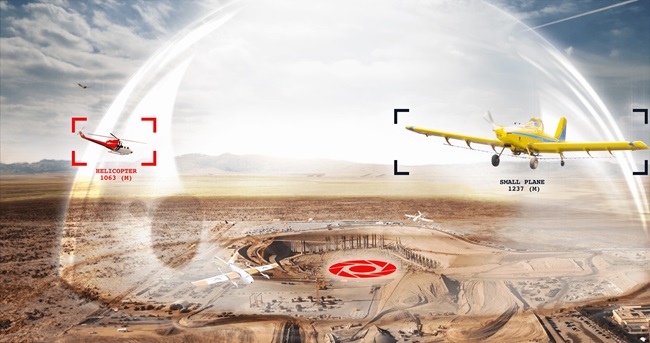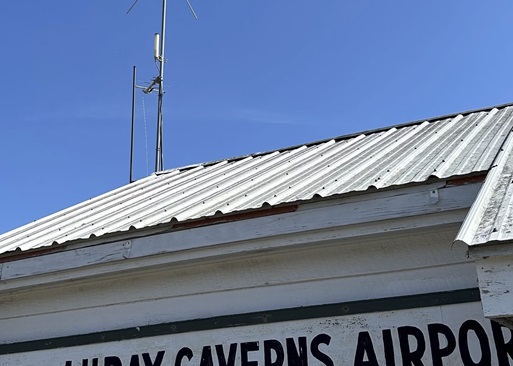Tests validating space-based ADS-B
A test of space-based Automatic Dependent Surveillance-Broadcast (ADS-B) technology was conducted from an FAA “flying laboratory,” receiving and decoding more than 2,000 ADS-B messages and providing the “ultimate validation accomplishment” of the system to date.
The global system is being deployed by Aireon in partnership with leading air navigation service providers, Nav Canada, ENAV, the Irish Aviation Authority, Naviair, and Iridium Communications. It is expected to be available by 2018, Aireon and the FAA said in a news release.
"A total of 2,462 ADS-B messages were received and decoded providing comparable data to that of terrestrial ADS-B stations" during a “highly choreographed and precisely located” flight within the Washington and New York Flight Information Regions.
Tests involved trials of 125-watt top- and bottom-mounted antennas on the aircraft from the FAA’s William J. Hughes Technical Center in Atlantic City, New Jersey.
The testing followed two previous validation flights. On March 7, in a test by Nav Canada, 6,935 ADS-B messages were received and decoded by a single Aireon payload, flown in the Montreal, Winnipeg, and Edmonton Flight Information Regions. On March 20, Aireon conducted a flight test with a private vendor, Polaris Flight Systems, using a Beechcraft Bonanza, in the Albuquerque, New Mexico, flight information region. More than 1,050 ADS-B messages were received from two Aireon payloads during the flight.
“Aireon’s space-based ADS-B global surveillance and aircraft tracking technology is largely a combination of FAA NextGen advancements, and the Iridium NEXT satellite constellation, which hosts the Aireon ADS-B receivers,” the announcement said.
“A flight test coordinated with the FAA was the ultimate validation accomplishment for the Aireon system to date and is a textbook example of how a public-private partnership can thrive. It is nearly impossible to have a higher fidelity test without the experts at the FAA,” said Vinny Capezzuto, Aireon’s chief technology officer and vice president of engineering.
“The collaboration between Aireon, its service partner Harris, and the FAA is a testament to our goal of working with industry to continue pushing NextGen technology forward,” said Andy Leone, the FAA’s surveillance and broadcast services, systems engineering lead/test director. “The Aireon/Harris team has built a system that has huge potential for improving services for many around the world who lack some surveillance or advanced separation tools, and we are independently validating that their space-based ADS-B service meets FAA established performance requirements for broadcast surveillance.”
The system is expected to become operational in 2018 following completion of the Iridium NEXT satellite constellation. The first 10 Iridium NEXT satellites carrying the Aireon payloads were launched into low-Earth-orbit from Vandenberg Air Force Base on a SpaceX Falcon 9 rocket on Jan. 14, the release said.
Seven additional SpaceX launches are scheduled to take place over the next 12 to 15 months. Eventually, the operational constellation will consist of 66 satellites, with an additional nine serving as orbiting spares.
The William J. Hughes Technical Center “is a pillar of NextGen infrastructure and home to some of the most important advancements in aviation industry history,” according to the news release.


